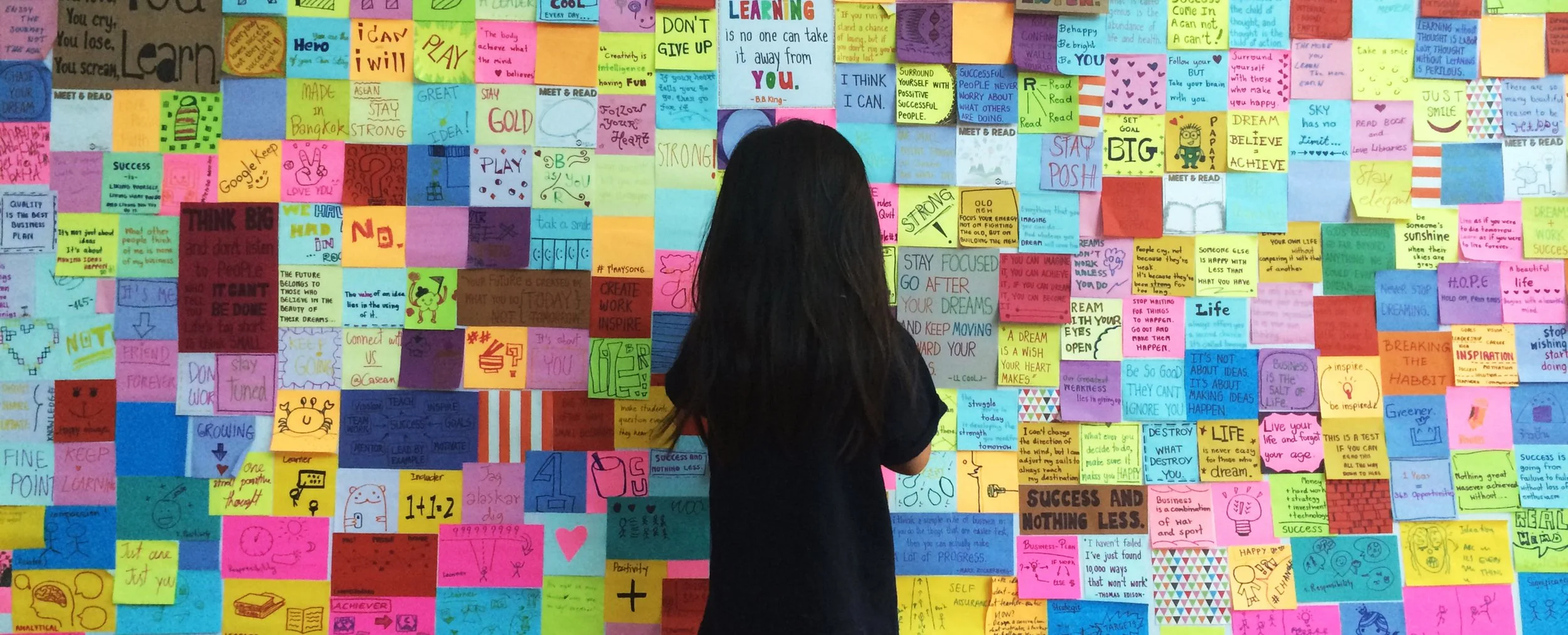Game-Based Learning: What it is, Why it Works, and Where it's Going
/Education is not the filling of a pail, but the lighting of a fire. –William Butler Yeats
Deconstruct the fun in any good game, and it becomes clear that what makes it enjoyable is the built-in learning process.
To progress in a game is to learn; when we are actively engaged with a game, our minds are experiencing the pleasure of grappling with (and coming to understand) a new system. This is true whether the game is considered “entertainment” (e.g., World of Warcraft) or “serious” (e.g., an FAA-approved flight simulator).
The implications of delivering game experiences for education and training are enormous. In the US, nearly 170 million people played computer and videogames in 2008 , spending a record $11.7 billion . Harness the power of well-designed games to achieve specific learning goals, and the result is a workforce of highly motivated learners who avidly engage with and practice applying problem-solving skills.
Because of good game design, more than 11 million subscribers spend an average of 23 hours per week immersed in World of Warcraft. A growing core of game-based learning experts use the same design principles to make it compelling for surgical students to practice and hone proper laparoscopic techniques on a virtual patient , or inspire first responders to frequently rehearse and sharpen their training in a simulated hazardous materials emergency . The emerging truth: the same factors that make well-designed games highly motivating also make them ideal learning environments.
What is Effective Game-based Learning, and Why Does it Work?




















